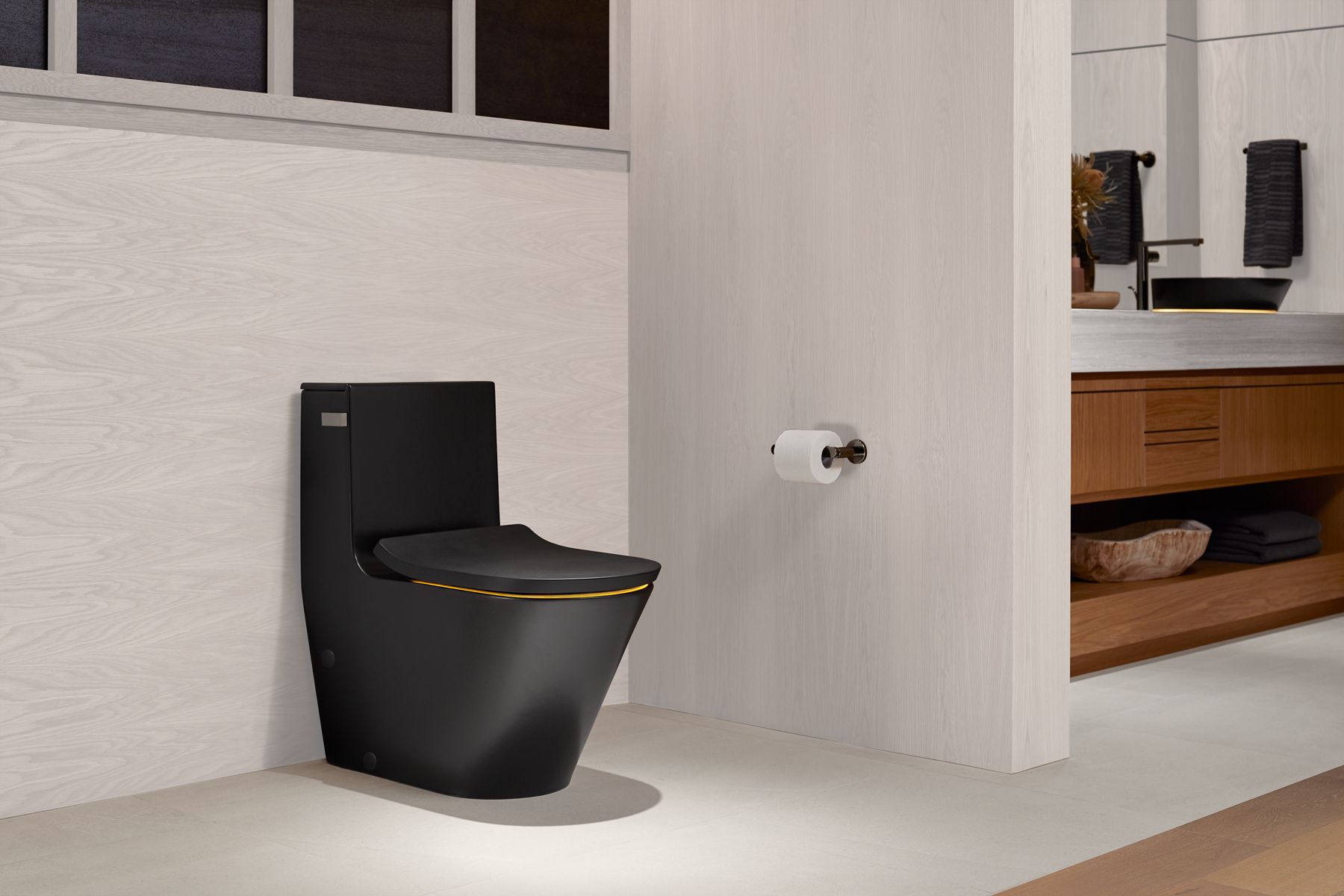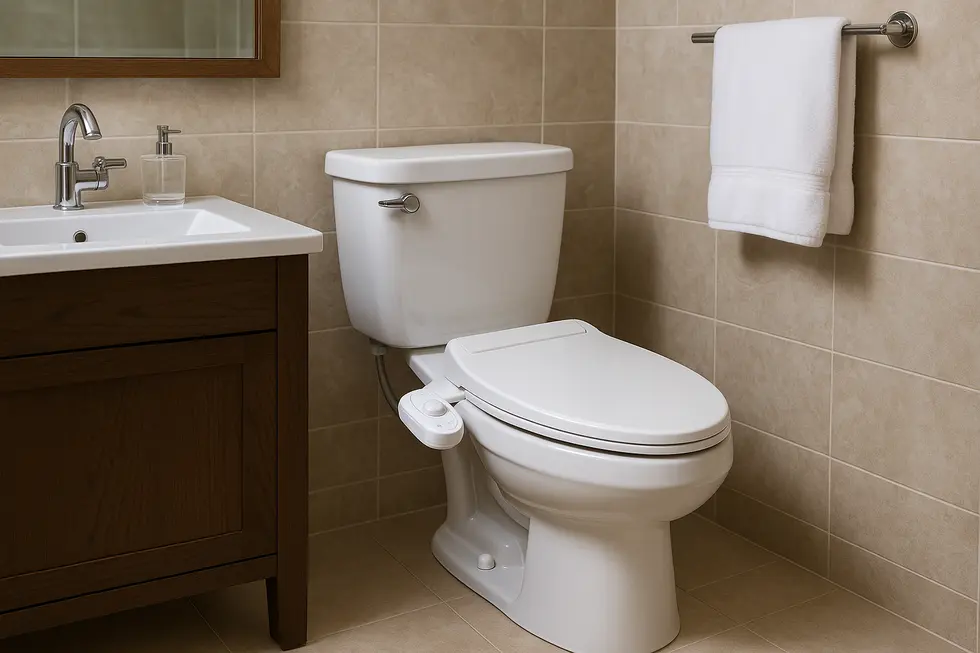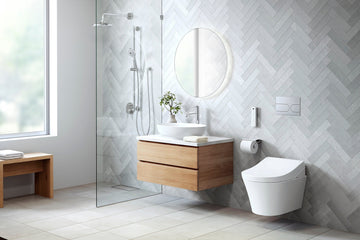In the rapidly evolving world of bathroom technology, the automatic seat lifting toilet stands out as a beacon of convenience and hygiene. This innovative solution addresses common concerns related to sanitation and user comfort, making it a must-have feature in contemporary restrooms. As industry QA professionals explore ways to enhance user experiences and streamline maintenance processes, the automatic seat lifting toilet offers a promising avenue worth considering.

The Rise of Smart Bathroom Technology
The integration of smart technology into bathroom fixtures has revolutionized the way we perceive and use these essential spaces. The automatic seat lifting toilet is a prime example of how innovation can transform an everyday object into a sophisticated tool that enhances both hygiene and convenience. By automatically lifting and lowering the toilet seat, this technology minimizes the need for manual contact, significantly reducing the spread of germs and promoting a cleaner environment.
One of the key benefits of this technology is its ability to cater to diverse user needs. Whether it's in a residential setting or a public restroom, the automatic seat lifting mechanism ensures that users can enjoy a seamless and hygienic experience. For industry QA professionals, this translates into fewer complaints and maintenance issues, as the technology is designed to withstand frequent use and facilitate easy cleaning.
Key Features and Benefits
The automatic seat lifting toilet comes equipped with a host of features that make it a valuable addition to any restroom. These features not only enhance user experience but also contribute to improved sanitation and maintenance efficiency. Some of the notable features include:
Touch-Free Operation
One of the primary advantages of the automatic seat lifting toilet is its touch-free operation. By eliminating the need for users to manually lift or lower the seat, this technology reduces the risk of germ transmission and ensures a more hygienic restroom environment. This is particularly beneficial in public restrooms, where high foot traffic can lead to increased exposure to germs.
Customizable Settings
Many automatic seat lifting toilets offer customizable settings that allow users to adjust the seat's response time and sensitivity. This feature ensures that the toilet can be tailored to suit individual preferences and accommodate various usage scenarios. For instance, in a family bathroom, the seat can be programmed to stay in the lifted position for longer periods, accommodating different user needs.
Energy Efficiency
While the technology offers numerous benefits, it is also designed with energy efficiency in mind. Many models come equipped with sensors that detect when the toilet is not in use, allowing the system to conserve energy by entering a low-power mode. This not only reduces energy consumption but also lowers operational costs, making it an attractive option for both residential and commercial properties.
Installation and Maintenance Considerations
For industry QA professionals, the installation and maintenance of automatic seat lifting toilets are critical factors to consider. Fortunately, many of these systems are designed with ease of installation in mind, allowing for seamless integration into existing plumbing and electrical systems. Additionally, the technology often requires minimal maintenance, as it is built to withstand frequent use and resist wear and tear.
When selecting an automatic seat lifting toilet, it is important to consider factors such as compatibility with existing fixtures, ease of installation, and the availability of customer support. By choosing a reputable brand and ensuring proper installation, industry QA professionals can maximize the benefits of this technology and enhance the overall restroom experience for users.
Industry Implications and Future Developments
The introduction of the automatic seat lifting toilet has significant implications for the bathroom fixtures industry. As more consumers and businesses recognize the value of this technology, demand is expected to rise, leading to further advancements and innovations. For industry QA professionals, staying informed about the latest developments in this field is crucial to maintaining a competitive edge and delivering high-quality products and services.
Future developments in automatic seat lifting technology may include enhanced sensor capabilities, improved energy efficiency, and integration with other smart home systems. As these innovations continue to emerge, industry QA professionals will play a key role in ensuring that these technologies meet the highest standards of quality and performance.
Conclusion
The automatic seat lifting toilet represents a significant step forward in bathroom technology, offering a host of benefits that enhance user experiences and promote better sanitation. By embracing this innovation, industry QA professionals can improve the quality and functionality of restroom facilities, ultimately contributing to a cleaner, more efficient, and more comfortable environment for all users.
For further insights into related technologies, you can explore our article on Energy-Efficient Toilet Technology. Additionally, learn about the latest in Toilet Lid Closing Technology and how it complements modern bathroom solutions.

FAQ
What are the main benefits of an automatic seat lifting toilet?
The primary benefits include enhanced hygiene due to touch-free operation, customizable settings for user comfort, and energy efficiency, which reduces operational costs.
Is the installation of an automatic seat lifting toilet complex?
Most systems are designed for easy installation and can be integrated into existing plumbing and electrical setups with minimal effort. It's advisable to follow the manufacturer's guidelines or consult a professional for optimal results.
How does the automatic seat lifting mechanism contribute to energy efficiency?
These toilets often feature sensors that detect when the toilet is not in use, allowing the system to enter a low-power mode, thereby conserving energy and reducing overall consumption.
This article contains affiliate links. We may earn a commission at no extra cost to you.






